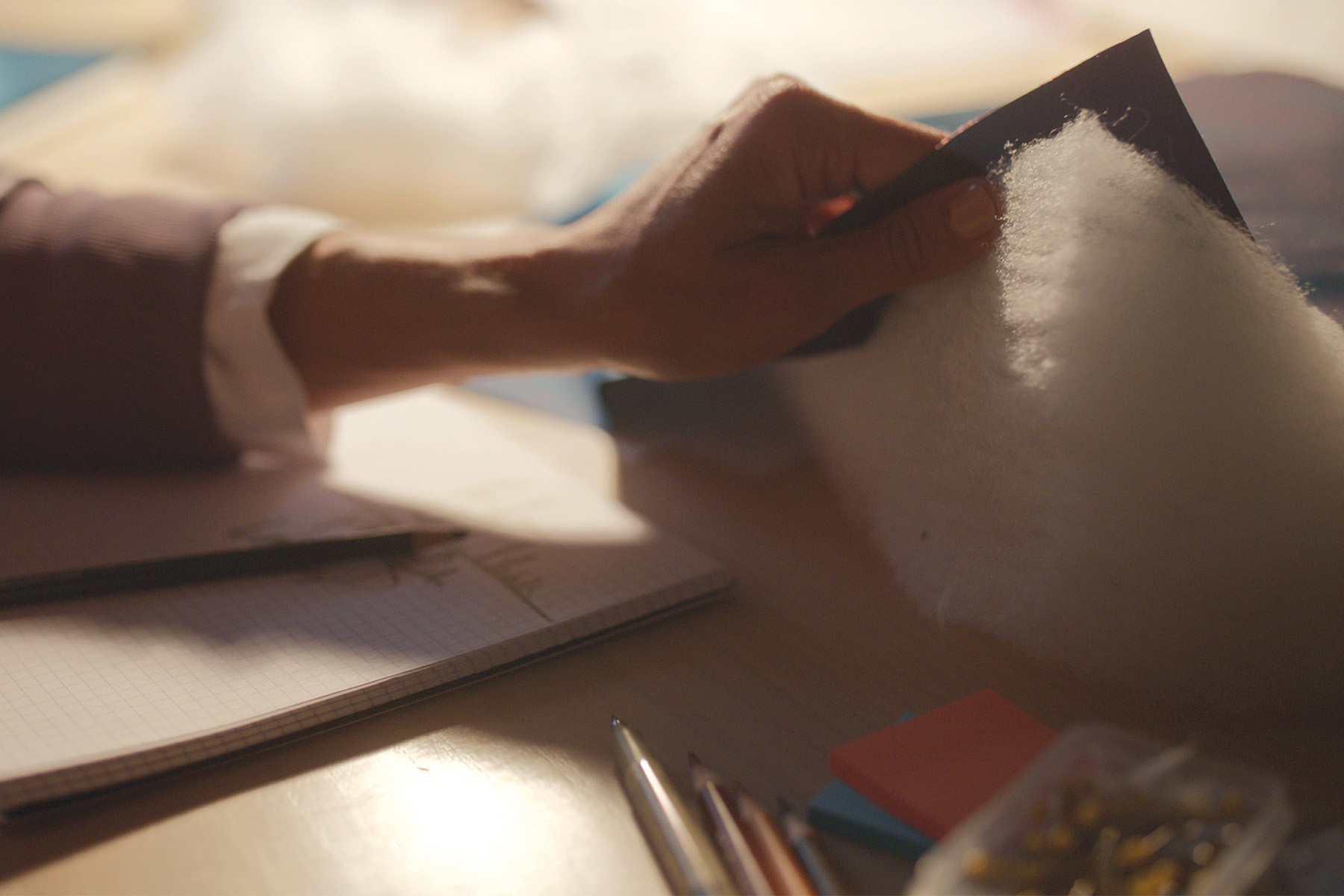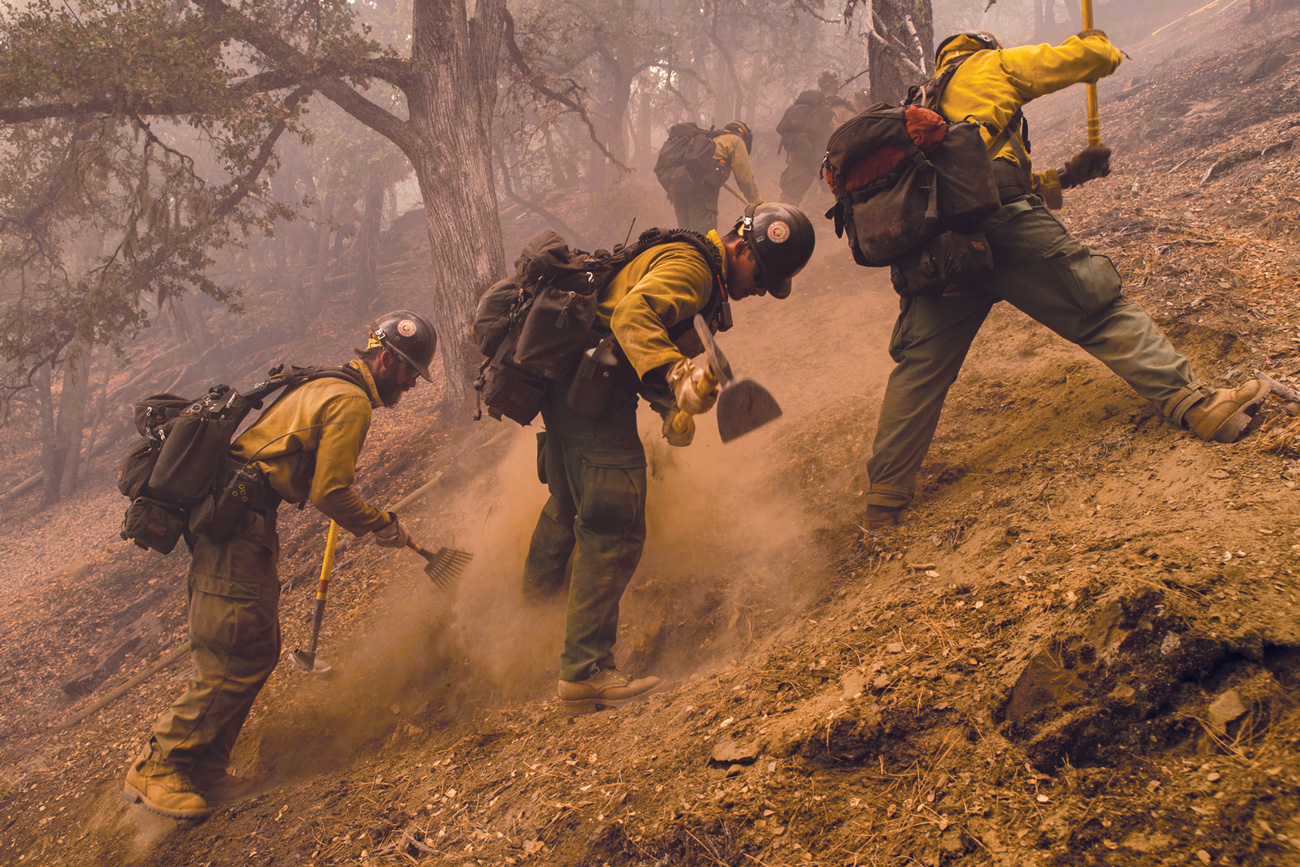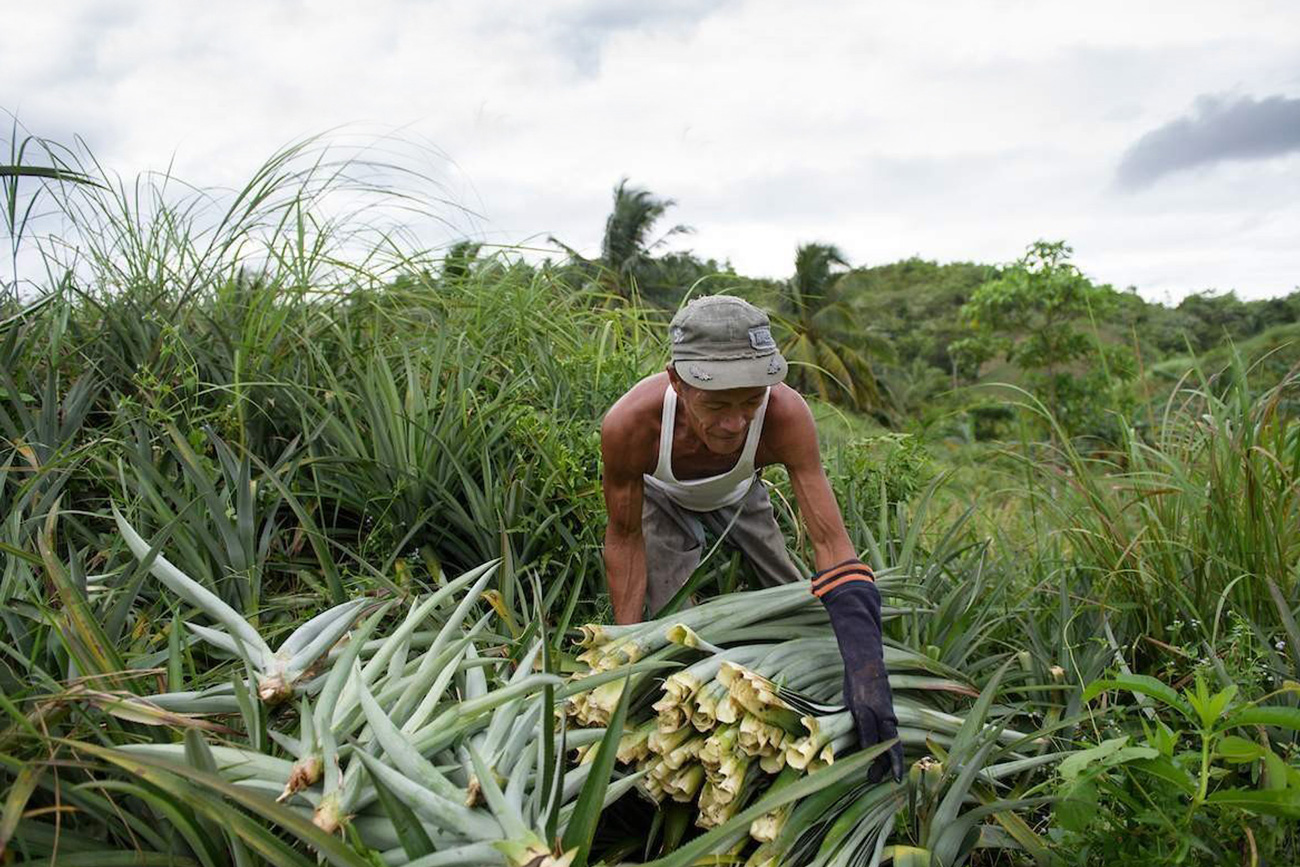LAtest
Circularity 3 Ways
The Future Is Hybrid
Rags to Resources
Collaboration is Key
More Articles
Transformative Thinking
Most of us are somewhat familiar with textile recycling, with recycled polyester, and recycled nylon, well-commercialized, yet the share of post-consumer textile waste recycled into new textiles is shocking — less than 0.5 percent in 2021, according to Textile Exchange.
Commercialize, Capture & Transform
The concentration of CO2 in the earth’s atmosphere has risen some 47 percent since the beginning of the industrial age, and 11 percent over the past 20 years alone, according to the National Aeronautics and Space Administration (NASA).
Where’s the PPE?
Writer Debra Cobb investigates the lessons learned about U.S. production two years after the Covid outbreak and wonders, “Where’s the PPE?”
Dyeing for Change
Dyeing and finishing — the wet processing stage of textile manufacturing — has historically been a dirty business. The Tier 2 stage of the textile supply chain (which includes pre-treatment, coloration, and finishing) makes up 52 percent of the industry’s GHG emissions, according to...
The Very Model of a Modern Approach
Textile technologies for performance apparel seem to pop up at a rapid pace these days from academic labs and tech startups. And that’s a good thing. But the road to commercialization—and ultimately profitability—relies on a number of factors...
A Wildland Firefighter Weighs In
Wildland firefighters (WLFFs), or as they are called by the U.S. government, “forestry technicians,” are finding 2020 to be their most challenging year on record. Fueled by climate change, the hotter, drier conditions have resulted in a massively destructive fire season that seems unending.
One Billion Gowns by August
The COVID-19 pandemic could well have been the demise of the U.S. textile and apparel industry. Instead, it has presented the industry with an opportunity to respond in a cooperative effort that may harbinger the development of a robust vertical supply chain in the U.S. and Western Hemisphere.
Performance Plus
While brands and consumers alike appreciate functional fabrics — offering performance benefits such as odor control, moisture management, and weather protection — many are starting to question exactly what kind of mad science goes into them.
Industry Outlook
From rising tariffs to falling demand, and from sustainability issues to supply chain ethics, the cotton industry is currently dealing with a perfect storm of challenges.
Not Your Garden Variety Textiles
Carbon sequestration — the process of capturing CO2 from the atmosphere and storing it in the soil, the ocean, or in geologic formations — is one of the best ways to move the climate change needle toward net-zero.
Achieving Net-Zero
The textile and apparel industries are steadily making strides towards becoming more sustainable. Recycled and organic fibers, kinder chemistries, more efficient manufacturing and local sourcing are yielding measurable reductions in waste and pollution.
Minding the Gap in the Sustainability Narrative
Circularity” has become the new buzzword in the textile industry’s struggle for sustainability. But what does it mean? And how does circularity differ from sustainability?
What’s Next
Move over, cut-and-sew. The advent of knitted footwear for sports and leisure has inspired a new way of thinking about the design and manufacture of active and athleisure sportswear.
Planet-Saving Solutions
For industry critics who complain that “there’s nothing new in textiles,” we say: “Rubbish!”Efforts to mitigate textile “rubbish” in the form of fast-fashion discards, microfiber ocean pollution, and harmful chemicals leached into the environment are driving the development of disruptive textile...





.jpg)














.svg)